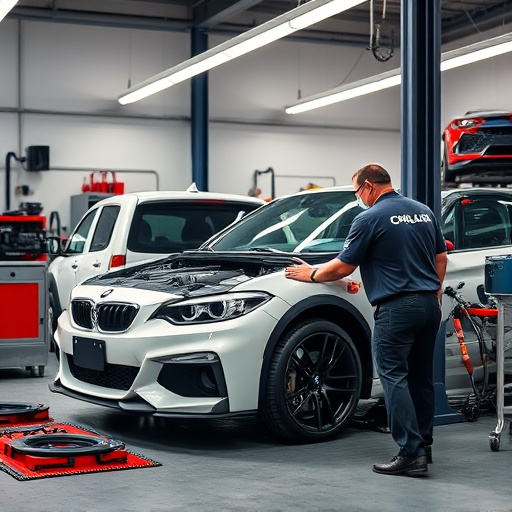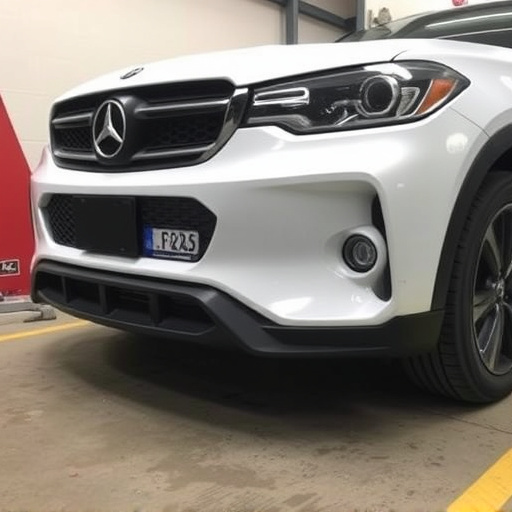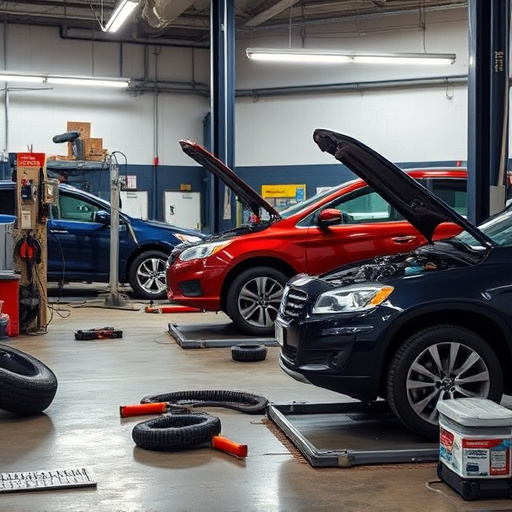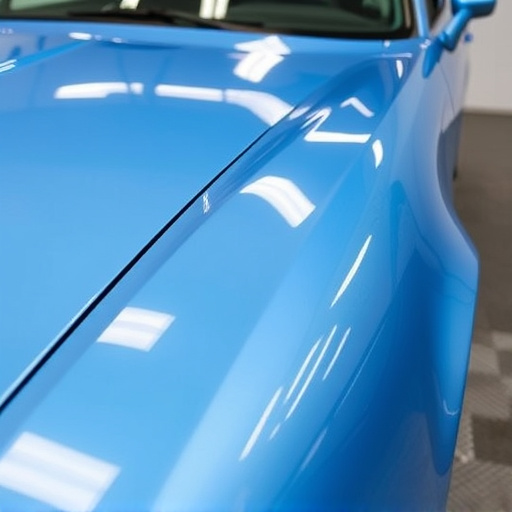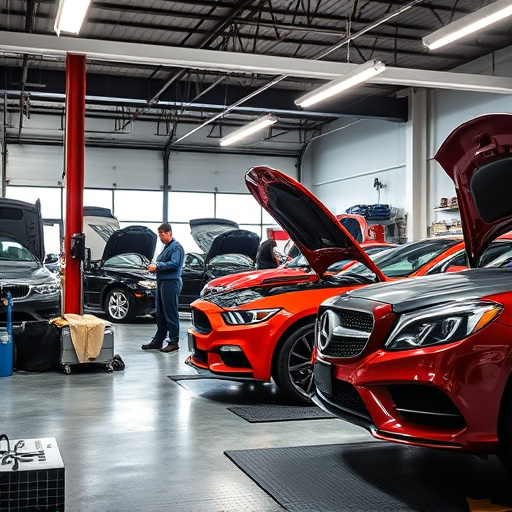Optimizing Tesla Supercharger usage for long-distance travel involves checking vehicle compatibility, planning routes with charging stations, adopting efficient driving habits, maintaining the car, and using apps to monitor Supercharger availability while keeping battery levels below 80% to maximize charging speed and save time/costs.
“Unleash the full potential of your Tesla with our comprehensive guide on Tesla Supercharger compatibility and range optimization. Navigate long-distance travel with ease by understanding the intricacies of Supercharger compatibility requirements, ensuring a seamless experience. Discover valuable tips to maximize your vehicle’s range, optimize charging times, and manage costs. From efficient route planning to smart charging strategies, we empower you to conquer miles with confidence. Enhance your Tesla ownership journey today.”
- Understanding Tesla Supercharger Compatibility Requirements
- Maximizing Range: Optimization Tips for Long-Distance Travel
- Efficient Use: Strategies to Reduce Charging Time and Costs
Understanding Tesla Supercharger Compatibility Requirements
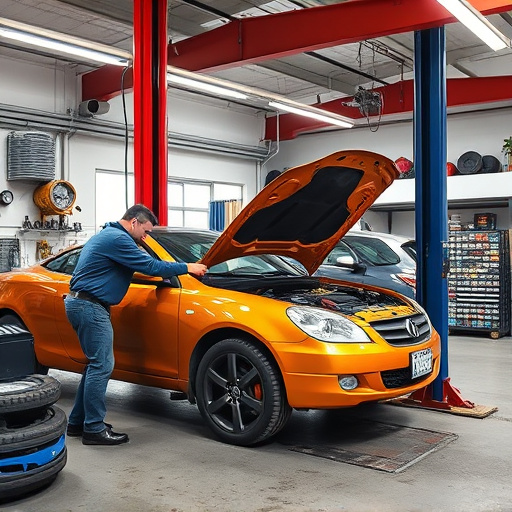
When it comes to Tesla Supercharger compatibility, understanding your vehicle’s requirements is key to maximizing charging efficiency and range. Each Tesla model has specific guidelines for compatible chargers, ensuring optimal performance during recharging. For instance, older Tesla models might be compatible with a wider range of chargers, while newer generations could have more advanced connecting options. It’s crucial to consult your vehicle’s owner manual or Tesla’s official resources to ascertain the supported Supercharger types and voltage levels.
Additionally, considering the capabilities of the Supercharger network itself is essential. The network’s coverage and charging speeds vary based on location and infrastructure. Tesla offers various options, from fast-charging stations for quick top-ups to more robust, high-power chargers designed for long-distance travel. Knowing which Superchargers are accessible along your typical routes can help you plan trips and ensure you’re leveraging the best in Tesla Supercharger compatibility and range optimization tips.
Maximizing Range: Optimization Tips for Long-Distance Travel
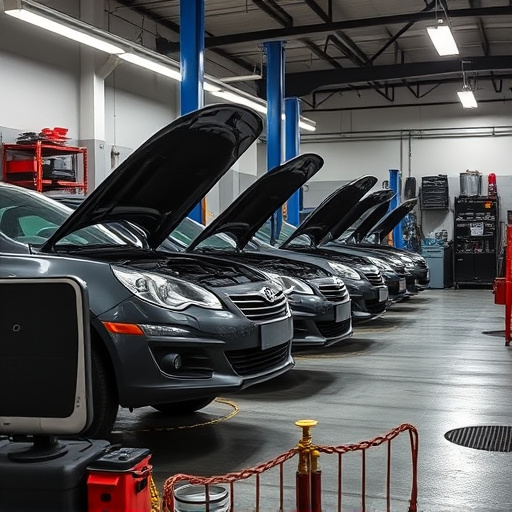
Maximizing your Tesla’s range is crucial for long-distance travel, ensuring a smooth and stress-free journey. One key strategy is to plan your route in advance, identifying Supercharger locations along the way. The Tesla Supercharger network offers incredibly fast charging speeds, allowing you to replenish your battery swiftly. Before embarking on a trip, check the compatibility of these chargers with your specific Tesla model, as different vehicles may have varying charging capabilities.
By optimizing your driving habits, you can also extend your range. This includes avoiding aggressive acceleration and maintaining a steady speed, as well as utilizing regenerative braking to capture energy during deceleration. Regularly scheduling maintenance, including efficient air filter changes and optimal tire pressure, will also contribute to better fuel efficiency. Remember, taking care of any car body repairs or damage promptly can prevent further issues, keeping your Tesla in top condition for range-extending journeys.
Efficient Use: Strategies to Reduce Charging Time and Costs

Efficient use of Tesla Superchargers is a strategic approach to reduce both charging time and associated costs. Optimizing your charging routine involves several simple strategies. Firstly, plan ahead by identifying Supercharger locations along your intended route. Many apps offer real-time availability data, helping you avoid wasted time. Secondly, ensure your vehicle’s battery is below 80% before connecting to a Supercharger; this maximizes charging speed. Regularly updating Tesla’s software can also improve efficiency and unlock faster charging capabilities.
Additionally, consider the condition of your vehicle’s bodywork—regular maintenance and repairs contribute to overall energy efficiency. While auto body repair might seem unrelated, keeping your car in top shape ensures optimal performance during charging. Quick fixes for issues like worn-out tires or malfunctioning components can significantly impact your vehicle’s energy consumption at the Supercharger stations.
When planning long-distance trips in your Tesla, understanding the brand’s Supercharger network and employing range optimization strategies is key. By grasping the compatibility requirements and implementing efficient charging practices, you can maximize your vehicle’s range and minimize downtime. These tips empower Tesla owners to navigate journeys with confidence, ensuring a seamless and sustainable experience on the road.
